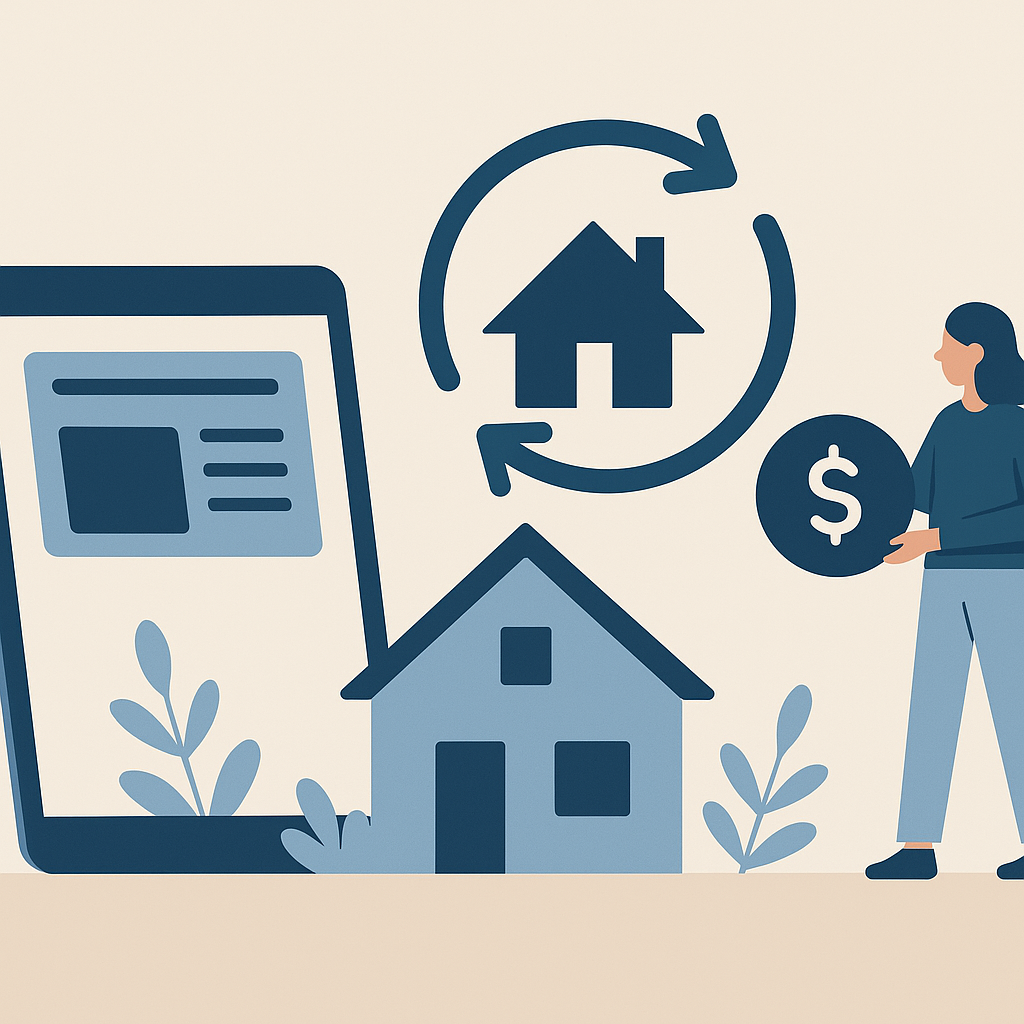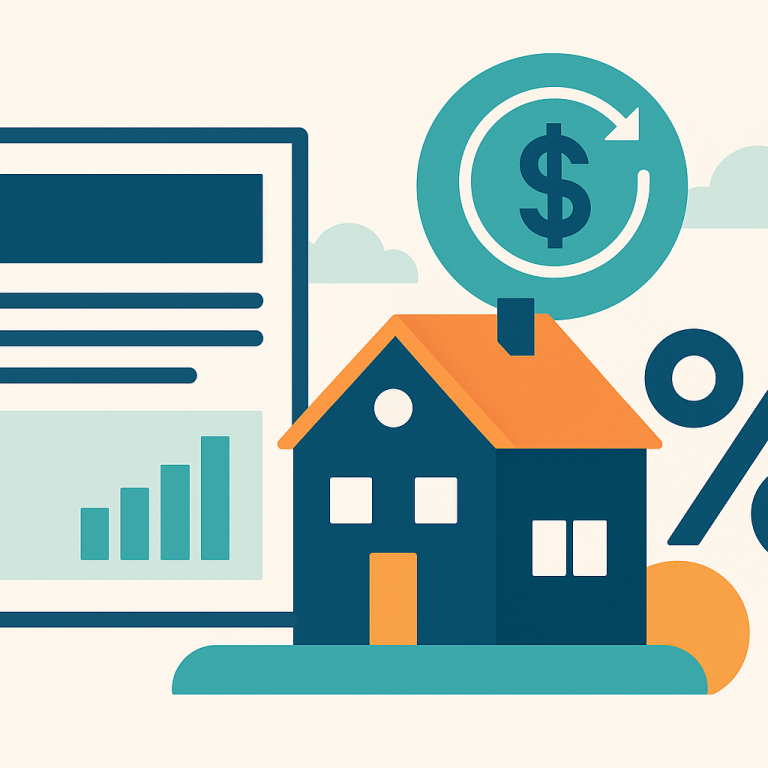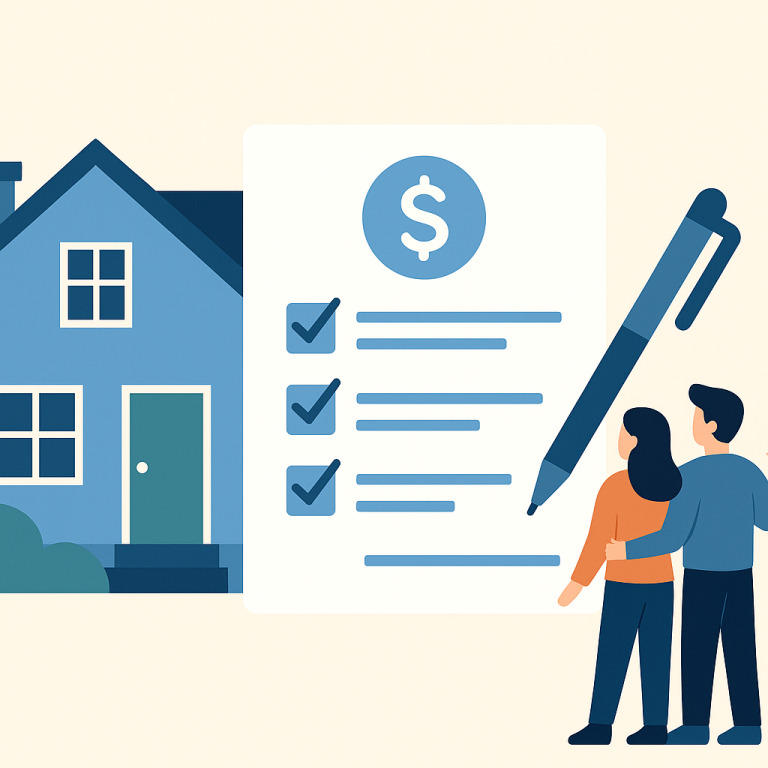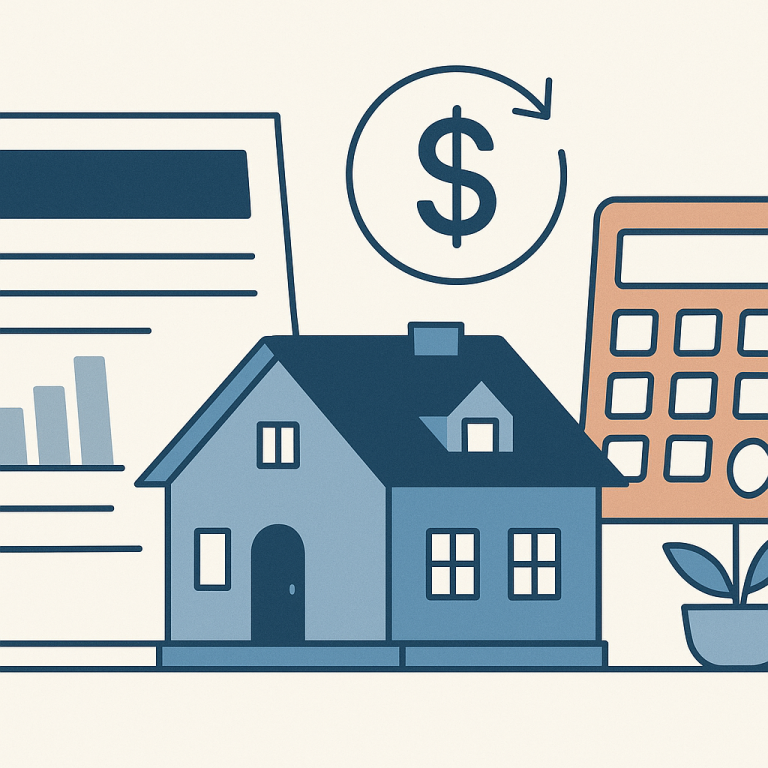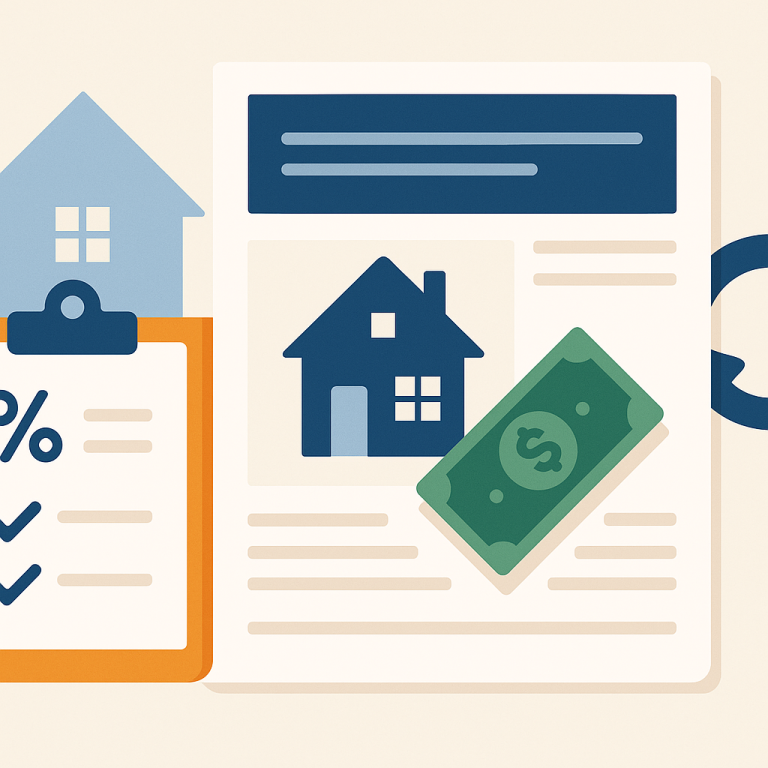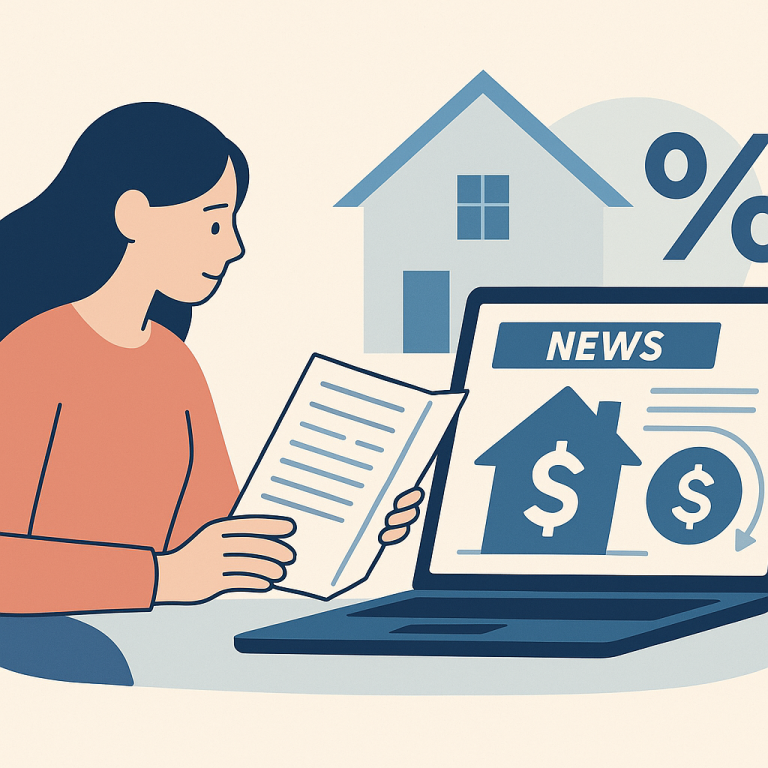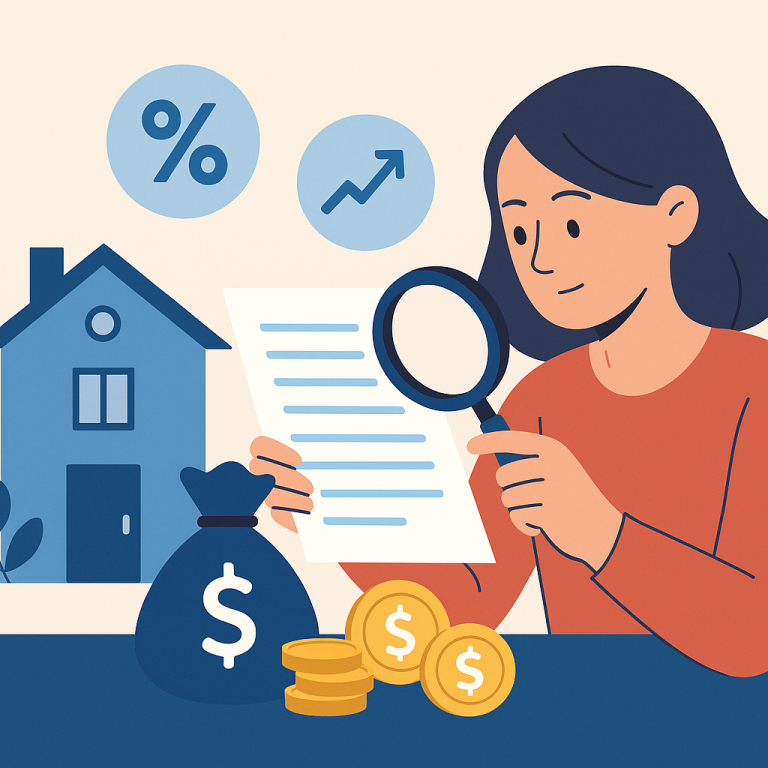Refinance Applications Surge 28% As 30-Year Fixed Rates Dip Below 4.5%
At a glance: The latest mortgage rate move and how it could affect refinancing decisions.
Mortgage rates have shifted. The effect depends on a borrower’s current loan rate, term remaining, and goals.
What the Rate Move Means for Borrowers
Refinancing mortgage loans has long been presented as a straightforward path to lower monthly payments when interest rates fall. Today, however, homeowners face a more nuanced decision: with rate movement less predictable and upfront costs remaining meaningful, the practical value of refinancing often depends more on an individual homeowner’s break-even timeline and available equity than on headline interest-rate comparisons alone.
The break-even timeline — the point at which the cumulative savings from a lower monthly payment exceed the closing costs and fees of the new loan — is central to deciding whether a refinance makes sense. Homeowners who plan to stay in their home beyond that horizon can capture net savings; those who anticipate moving sooner may pay more than they save. Because closing costs and prepayment penalties vary across loans and lenders, the break-even calculation is specific to each situation.
Equity levels also shape the refinance equation. Sufficient home equity can reduce the need for private mortgage insurance on the new loan and may increase the range of refinancing options available, including shorter-term mortgages that accelerate principal repayment. Conversely, limited equity often means higher fees, fewer competitive terms, and potential mortgage insurance that offsets the benefit of a lower nominal rate.
Other borrower-specific factors influence outcomes. Credit profile and debt-to-income ratios determine the interest rate tier a homeowner qualifies for; a stronger credit profile typically unlocks better pricing. The remaining term on the current mortgage matters too: refinancing into a new 30-year mortgage may lower monthly payments, but it can extend the time spent paying interest unless the homeowner opts for a shorter term.
Given these considerations, a clear approach helps homeowners assess whether and how to refinance:
- Calculate the break-even point using the specific closing costs for the candidate loan and projected monthly savings compared with the current mortgage.
- Compare total interest cost across scenarios — not just the monthly payment — to understand the long-term trade-offs of term changes.
- Evaluate home equity and potential mortgage insurance requirements; insufficient equity can erode refinance benefits.
- Consider alternative products, such as refinancing to a shorter term or tapping equity with a home equity line of credit, to match objectives like faster payoff or cash needs.
- Shop multiple lenders and get personalized rate quotes; small differences in pricing and fees can materially alter the break-even timeline.
Timing remains important but is less deterministic than it once was. Short-term rate movements rarely allow homeowners to time refinancing perfectly; a methodical, scenario-based analysis tailored to expected tenure in the home and financial goals is more reliable. Homeowners focused on lowering total interest paid may prefer shorter-term refinances, while those prioritizing immediate monthly relief might accept longer terms if the break-even calculation supports it.
Finally, document readiness can speed the process and avoid unexpected costs. Having recent pay stubs, tax records, and clear title documentation reduces friction and the likelihood of last-minute fee changes. Where possible, run the numbers with a trusted lender or financial advisor who can model multiple scenarios and clarify trade-offs specific to your finances.
By centering the refinance decision on break-even timelines, equity position, and long-term cost comparisons rather than headline rates alone, homeowners can make choices that better align with their plans and financial objectives.
META: refinancing, break-even, home equity, mortgage costs, homeowner takeaways

